PPR (Polypropylene Random Copolymer) fittings have revolutionized plumbing systems, particularly in water supply and heating systems. One of the primary reasons for their popularity lies in their versatile and efficient connection methods. These fittings offer reliable, leak-free connections that enhance the longevity and performance of plumbing systems. In this article, we will explore the various connection methods used for PPR fittings, highlighting their advantages and practical applications in different environments.
Heat Fusion Welding
Heat fusion welding stands as the most common method of connecting PPR fittings. This process involves using a specialized welding machine to heat both the fitting and the pipe simultaneously. The pipe and fitting are then joined together, creating a seamless bond as the material cools and solidifies.
Heat fusion welding produces a homogenous connection, meaning the joint becomes as strong as or even stronger than the original pipe and fitting material. This method eliminates the need for additional sealing materials like glue or thread tape, ensuring a durable and leak-free joint. The simplicity of this process makes it a popular choice in both residential and commercial plumbing installations.
Contractors can rely on heat fusion welding for a wide range of pipe sizes, from small residential systems to large industrial pipelines. The technique also works well with both hot and cold water systems, providing versatility across various applications. This method guarantees that the connection can withstand pressure changes and temperature fluctuations, which proves essential in heating systems.
Socket Fusion
Socket fusion represents another widely used connection method for PPR fittings. Similar to heat fusion welding, socket fusion uses heat to join the fitting and pipe, but with a slight difference in technique. In socket fusion, the pipe gets heated by inserting it into a preheated socket, while the fitting heats up through contact with the corresponding socket on the machine.
Once heated, the installer inserts the pipe into the fitting, where they form a strong bond. Socket fusion welding creates a seamless joint that remains secure and leak-proof over time. One of the key advantages of socket fusion lies in its ability to work with different pipe diameters, allowing contractors to adjust to various system requirements easily.
The equipment required for socket fusion remains relatively affordable, and the process itself does not require extensive training. Many contractors and installers choose socket fusion for its ease of use and the durability it offers. Its reliability makes it ideal for residential installations, particularly in multi-story buildings or large homes where extensive piping systems are necessary.
Butt Fusion
Butt fusion represents an alternative method for connecting PPR pipes and fittings, typically used for larger diameter pipes. In this method, the pipe and fitting are both heated on a flat heating plate until their surfaces melt. The installer then presses the melted surfaces together, allowing them to cool and form a permanent, seamless bond.
Butt fusion provides a highly durable connection, suitable for large-scale industrial systems where strength and reliability are essential. This method can handle both high-pressure and high-temperature systems, making it ideal for central heating, industrial water systems, or large-scale municipal projects.
Butt fusion requires specialized equipment, and installers often need more training and experience to achieve optimal results. Despite this, the method offers excellent durability and performance, especially in systems requiring long-lasting and robust connections. The large size of the pipes and fittings used with butt fusion also ensures efficiency in installations where large volumes of water or other fluids move through the system.
Electro-Fusion
Electro-fusion, though less common than heat or socket fusion, provides another viable connection method for PPR fittings. This process involves using fittings that contain embedded electrical coils. When the fitting connects to the pipe, an electric current passes through the coils, generating heat that melts the PPR material at the interface between the pipe and fitting.
As the material cools, it forms a solid, leak-proof connection. Electro-fusion offers precise control over the welding process, ensuring high-quality joints. This method suits applications where space limitations make traditional fusion methods difficult. Electro-fusion fittings come pre-installed with the necessary heating elements, so installers only need to connect the system to a power source to create the joint.
Because of the precision and control electro-fusion offers, contractors often use it for complex or intricate systems, such as in-building riser installations or in confined areas where other fusion techniques might prove challenging. Although the equipment for electro-fusion costs more, its advantages in tight spaces and difficult installations make it a valuable option for specific projects.
Mechanical Compression
Mechanical compression connections provide a non-welded method of joining PPR pipes and fittings. This technique uses compression fittings that tighten around the pipe and create a secure connection. Installers do not need to use heat or welding machines, making mechanical compression an excellent choice for temporary installations or situations where welding equipment is unavailable.
In this method, the installer slides a compression nut and ring onto the pipe, which tightens the fitting onto the pipe when threaded onto the fitting body. Compression fittings ensure a strong, reliable connection without the need for adhesives or welding. Although this method may not provide the same long-term durability as welded joints, it works well in temporary systems or systems where flexibility is required.
Mechanical compression fittings come in various sizes and designs, suitable for different piping applications. Many installers appreciate the ease and speed with which they can install mechanical compression fittings. This method allows for quick replacements and modifications in systems where future changes may be necessary.
Threaded Connections
Threaded connections represent a traditional method of connecting PPR fittings, particularly in systems where disassembly or reconfiguration may occur. In this method, both the pipe and fitting contain threaded ends, which screw together to form a tight, secure connection. Installers typically apply thread seal tape or other sealing compounds to ensure a leak-free joint.
Threaded connections work well in systems that may require frequent maintenance or alterations. This method allows for easy disassembly without damaging the pipe or fitting. In addition, threaded connections can handle moderate pressures and temperatures, making them suitable for many residential and light commercial applications.
Threaded connections do not always provide the same level of durability and leak-proof reliability as fusion welding methods. However, they remain a popular option in temporary systems or systems requiring flexibility. In scenarios where permanent connections are unnecessary or impractical, threaded fittings offer a versatile and practical solution.
Flanged Connections
Flanged connections provide a robust method for joining PPR pipes and fittings, particularly in larger systems. This method involves attaching flanges to the ends of the pipe and fittings, which installers then bolt together. A gasket between the flanges ensures a tight, leak-proof seal.
Flanged connections offer easy disassembly, making them ideal for systems that require frequent maintenance or inspection. Large industrial systems, such as water treatment plants or irrigation systems, often use flanged connections due to their strength and ability to handle high pressures and temperatures.
Flanged connections require careful alignment to ensure the bolts and flanges match perfectly. Installers must also use proper torque to avoid damaging the gasket or causing leaks. Despite these considerations, flanged connections provide excellent durability and reliability, particularly in large-scale systems.
Push-Fit Connections
Push-fit connections have become increasingly popular in modern plumbing systems due to their simplicity and speed of installation. In this method, the installer simply pushes the pipe into the fitting until it locks in place. An internal locking mechanism, usually a metal or plastic ring, secures the pipe and ensures a leak-free connection.
Push-fit fittings do not require welding, threading, or special tools, making them a convenient option for DIY projects or quick repairs. Despite the simplicity of the method, push-fit connections offer reliable performance and durability, particularly in low- to medium-pressure systems.
Many homeowners and contractors appreciate the ease and speed of push-fit connections, particularly in areas where welding or threading equipment may not be available. This method also allows for easy disassembly, making it suitable for temporary systems or systems requiring frequent adjustments.
Top 5 PPR Fittings Manufacturers
| Company | Headquarter/Location | Founded |
| IFAN | ZhuJi,China | 1993 |
| Pntek | NingBo,China | 2011 |
| Inline Plastics, Inc. | California, America | 1996 |
| K. Jabat, Inc. | New Jersey,America | 1973 |
| Speed Field Services | Texas, America | 1973 |
IFAN International Standard on PPR Fittings
IFAN adheres to a range of international and national standards to ensure the quality and performance of its products. These include the ISO 15874 Series standards and EN 15874 Series standards, which define the requirements for piping systems made of polypropylene (PP). Additionally, IFAN complies with ASTM F2389 for polypropylene pipe fittings, DIN 8077/8078 standards for polypropylene pipes, and the GB/T 18742 Series standards, which apply to piping systems in China. Furthermore, IFAN meets the Brazilian NBR 15884 standards for thermoplastic pipes and fittings used in hot and cold water systems.
Conclusion
PPR fittings offer a wide range of connection methods, each suited to different applications and system requirements. From the durable and seamless heat fusion welding to the convenient push-fit connections, these methods provide versatility, strength, and reliability. The choice of connection method depends on the size of the system, the pressures and temperatures involved, and the specific needs of the project. By understanding the various connection options, contractors and installers can select the best method to ensure a secure, leak-free, and long-lasting plumbing system.
Connect
IFAN is a Chinese manufacturer of plastic pipes, fittings and valves with 30 years of experience. If you are interest in IFAN copper fittings, copper valves, plastic pipes and fittings, please contact us. IFAN offers you a variety of standard pipes to meet your specific needs. Click below to learn more about IFAN’s wide range of affordable and cost-effective valve products and piping system related products.
We will reply your email or fax within 24 hours.
You can call us at any time if there is any question on our production.
For more information,pls visit our webside https://ifanpro.com/
Pls Mailto: [email protected]
Whatsapp: + 86 19857948982

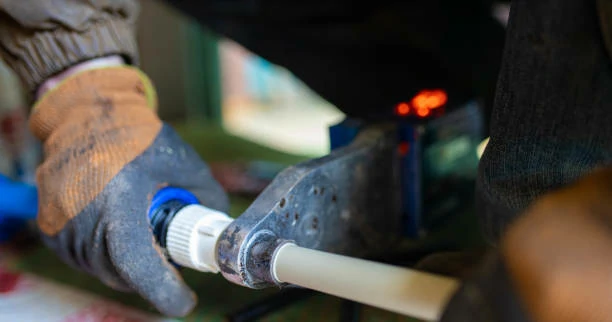
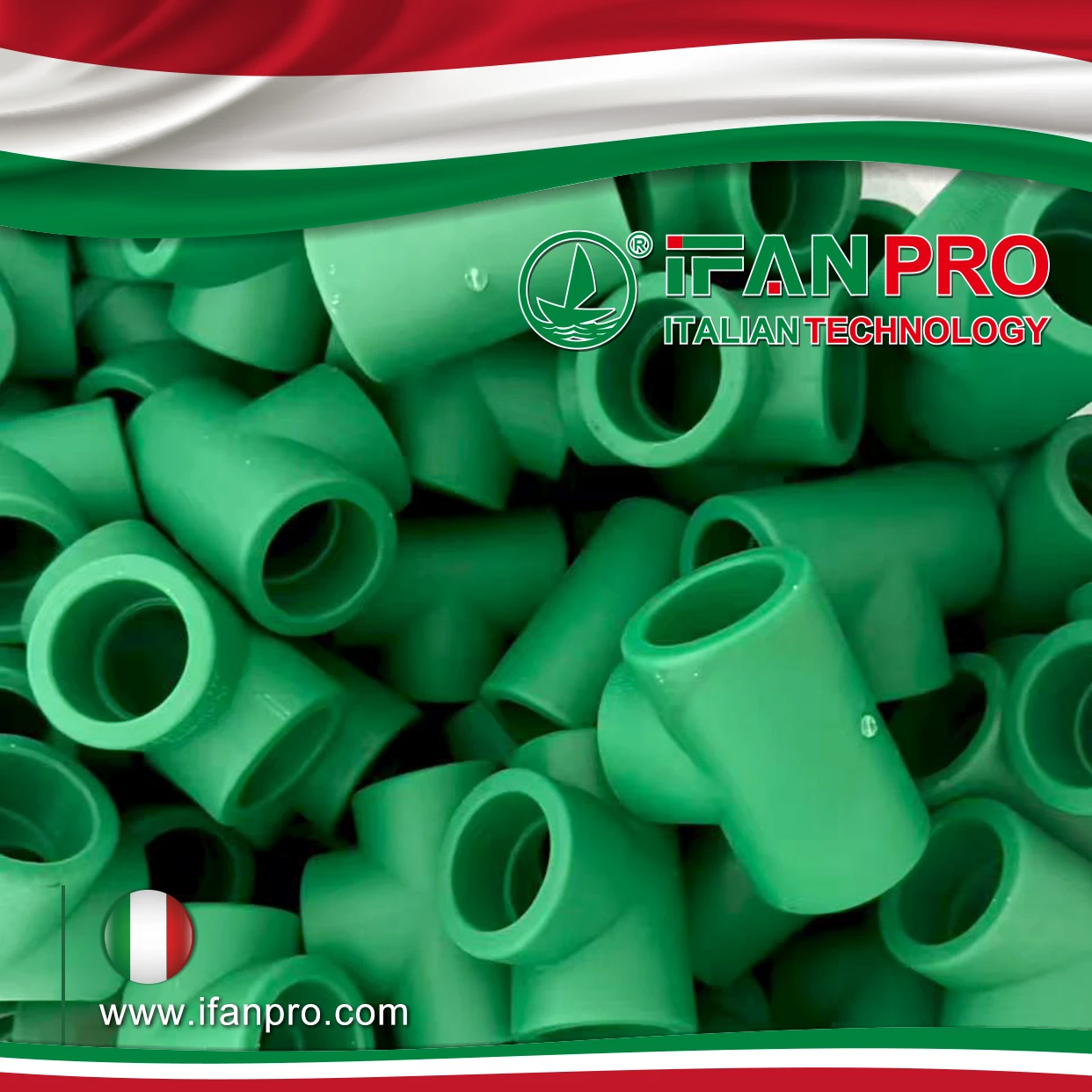
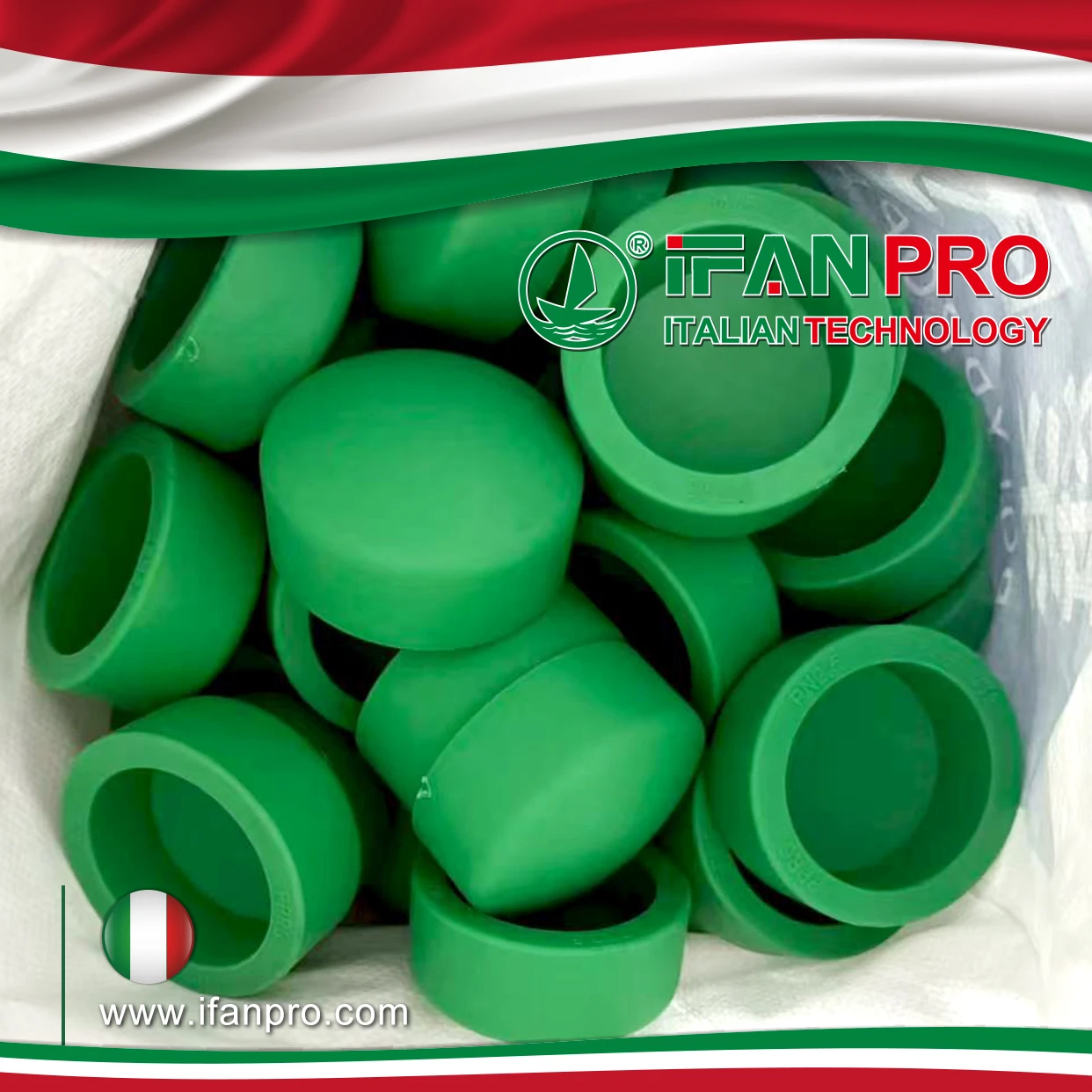

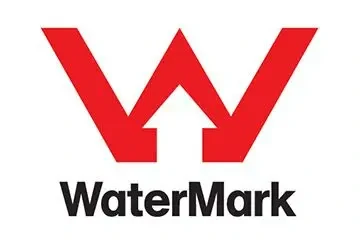

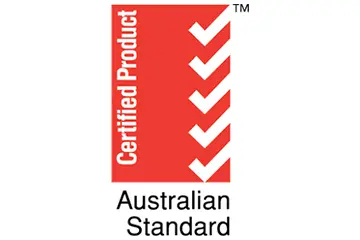
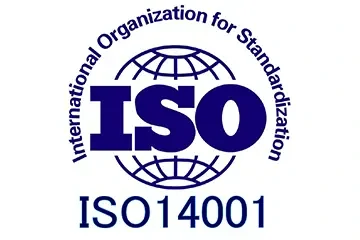



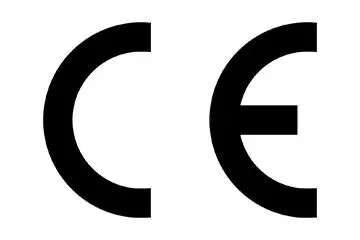
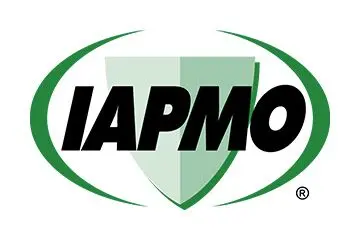
Recent Comments